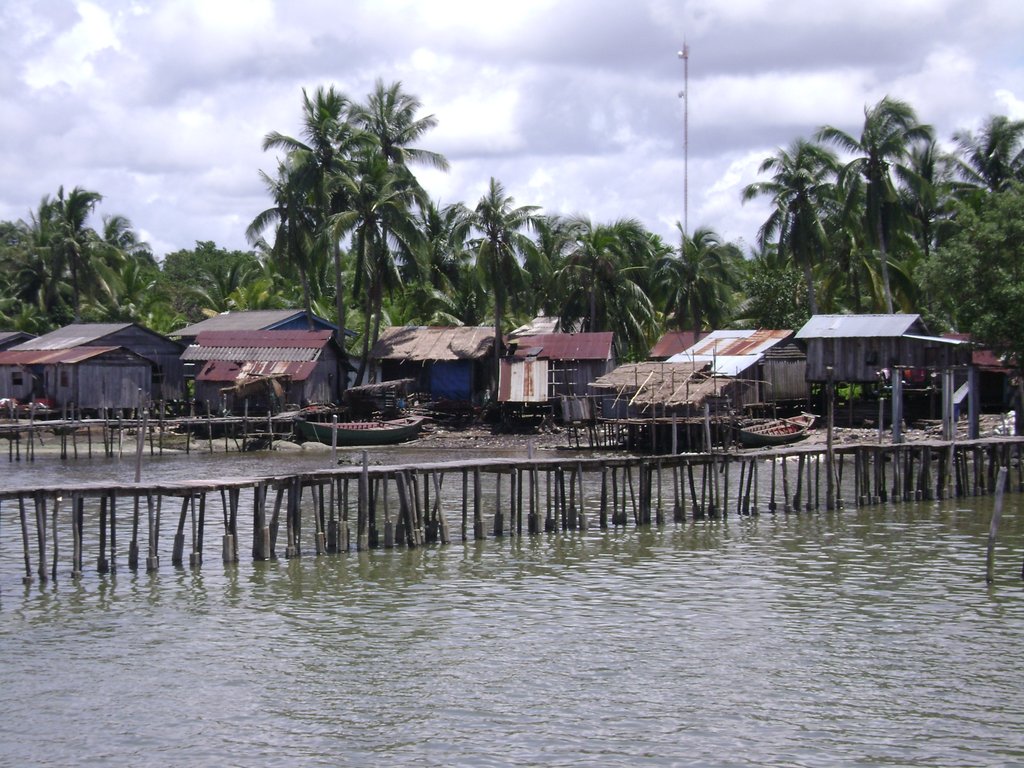The Green Planet Monitor

Monroe Doctrine Bicentenary
It was a convoluted but portentous American declaration:
“The occasion has been judged proper for asserting, as a principle in which the rights and interests of the United States are involved, that the American continents, by the free and independent condition which they have assumed and maintain, are henceforth not to be considered as subjects for future colonization by any European powers … we should consider any attempt on their part to extend their system to any portion of this hemisphere as dangerous to our peace and safety.”
And, to be clear:
“… with the Governments who have declared their independence and maintained it, and whose independence we have, on great consideration and on just principles, acknowledged, we could not view any interposition for the purpose of oppressing them, or controlling in any other manner their destiny — by any European power — in any other light than as the manifestation of an unfriendly disposition toward the United States.”
You guessed it. The Monroe Doctrine. Drafted by US Secretary of State John Quincy Adams, enunciated by President James Monroe in his 7th State of the Union Address to the US Congress, in 1823, its original inspiration was anti-imperial — French meddling in the Americas in mind. Too weak to enforce it, young America turned to the British.
As US power grew, Monroe’s doctrine came into its own, constantly reinventing itself, or getting reinvented by shrewd American statesmen. From the 1840s till the Cold War, it would be the source code for a host of foreign policies aimed at projecting American power and influence up and down the Americas and across the Pacific.
And inspiration for a host of catchy rallying cries: Manifest Destiny; “Speak softly and carry a big stick“; The Big Brother Policy; America’s Backyard.
What was the Monroe Doctrine all about? The GPM reached out to Jay Sexton. Sexton is Kinder Institute Chair in Constitutional Democracy and Professor of History at the University of Missouri, and author of the 2011 book The Monroe Doctrine: Empire and Nation in Nineteenth-Century America.
Listen to our conversation in today’s podcast. Click on the play button above, or go here.
Or listen here:
It’s one of the greatest festivals in the world, centering around one of the world’s greatest natural wonders.
This past weekend, Cambodians celebrated Bon Om Touk – the Water Festival. Lots and lots of colourful boats, racing up and down the Mekong and Tonle Sap rivers, putting on a show. Monsoon rains are over, and it’s time to catch lots of fish.
Cambodia’s Water Festival has been six months in the making. Flash back to May, when those monsoon rains began falling across the lower Mekong basin. The lower Mekong normally flows south, into the South China Sea. As rains reach their peak, The Mekong swells, slows down and begins flowing north.

Cambodian village in the middle of the mangroves (David Kattenburg)
In the Cambodian capital Phnom Penh, the Lower Mekong joins the Bassac river, and their engorged waters split. To the northeast, the Upper Mekong continues up to Laos. To the northwest, the Tonle Sap river flows up to the Tonle Sap, southeast Asia’s largest inland lake.
In the dry season, the Tonle Sap is shallow. Adjoining wetlands are prime fish spawning grounds. At the end of the rainy season, in November, those waters are ten times deeper, and the lake begins flushing out. Down in Phnom Penh, it’s time to catch and eat fish.
Listen to this story in today’s podcast. Click on the play button above, or go here.
Thanks to Dan Weisenberger for his wonderful guitar instrumentals.






 Visit Podcast Website
Visit Podcast Website RSS Podcast Feed
RSS Podcast Feed Subscribe
Subscribe
 Add to MyCast
Add to MyCast